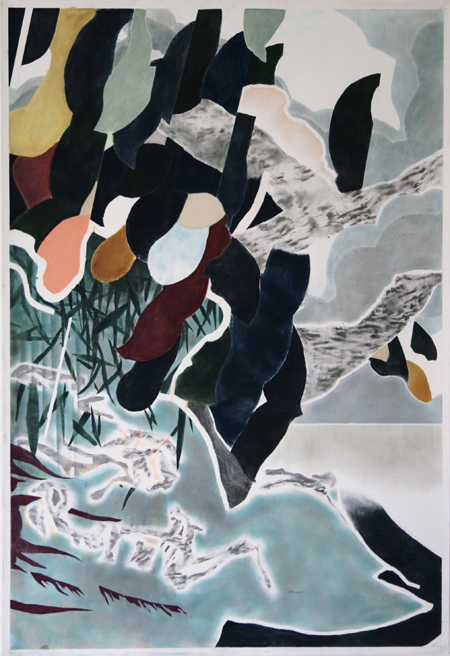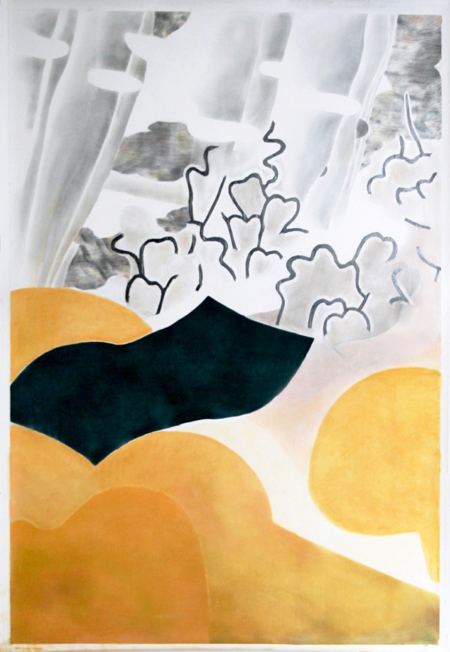
Every day before writing his novels John Berger draws; it is a daily routine. For John Berger drawing allows for a sort of unselfing, a humble encountering with a thing outside yourself. By drawing a flower or an object, Berger has to ask what does the flower want? How does the flower demand to be represented? The ritual allows for Berger to then start writing characters in his novels and plays, already aware of his major creative responsibility: to embody the mind and body of somebody else.
Nathan Hawkes also has a similar approach to making art, here drawings. Hawkes relates,
[I am] not really interested in expression so much as receptivity and attunement – to the happenings within my day to day life to the world I am enmeshed in…Attunement to the materials – tuning into these elements: paper, pastel, graphite, eraser, sponge – what can they do? what limits do they set? what form can they assume?
What Hawkes is describing is a form of knowing the world through practice. Heidegger called this sort of knowing “handiness”. As an example the philosopher asked how we are supposed to know a hammer. You can look at it, study its history and uses, but when all is said and done it is really by picking up the hammer and using it that a fuller knowledge can be gleaned.
In this Hawkes also gives over to his materials. What does the pencil or charcoal know about what is being drawn? The mark is a collaboration between the artist, the paper, the pencil and the object. The object of the drawing looks back and asks to be drawn in a particular way, at that time with that material.
In the contemporary world which demands that we think of ourselves as desiring individuals Hawkes’ drawings are a timely reminder that sometimes we have to give ourselves over to the stuff that surrounds us. The works have a deep quietness and humility.
Oliver Watts





